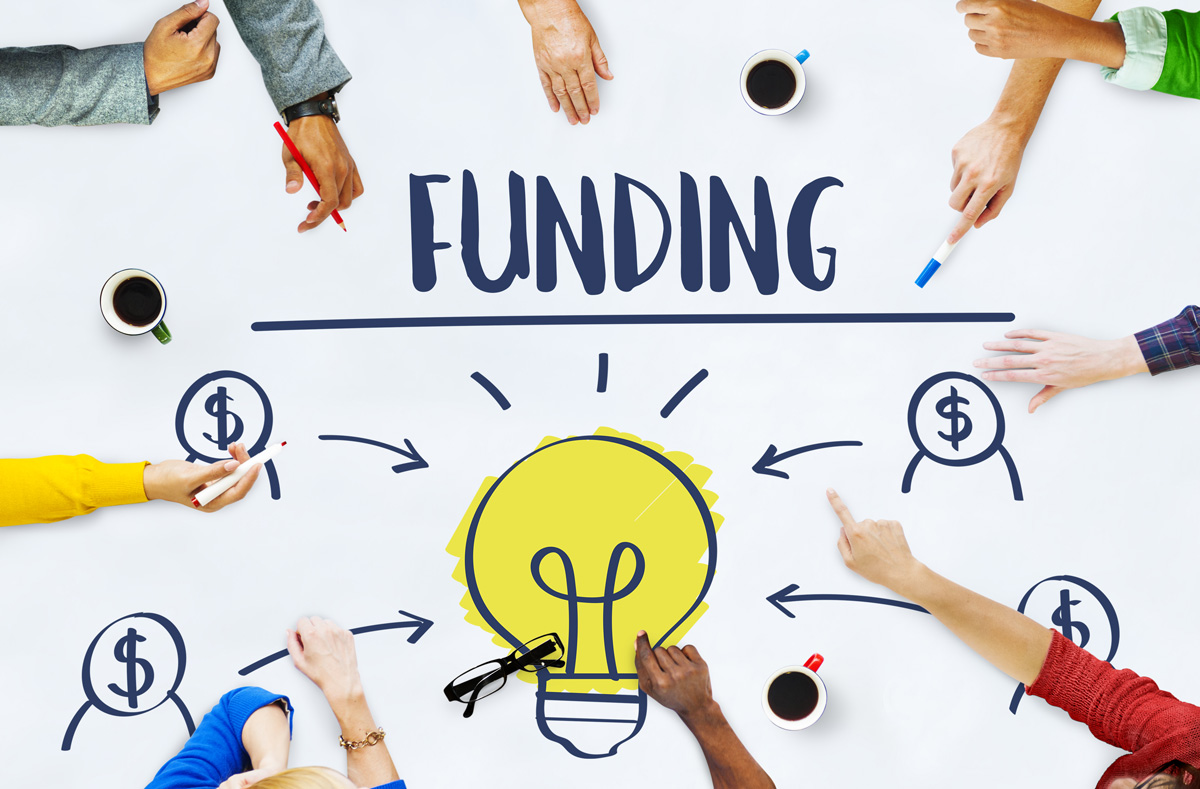Three Savvy Strategies
Three Savvy Strategies

Fundraising is the backbone of nonprofit organizations. Since nonprofits typically don’t have products or services to sell, most experience a less steady revenue stream. That means you need to put your full effort into each and every fundraising campaign you host in order to get the greatest benefit.
The philanthropy economic landscape has evolved so that the majority of gifts made to charity organizations are from the wealthiest citizens. In fact, in 2017, 52% of charitable deductions were accounted for by households earning $200,000 or more. Compare this to the early 2000s, when that percentage was at a much lower 30%. Major donations made by these citizens are, therefore, a major source of revenue for nonprofits.
When you’re developing your fundraising strategy, take into consideration the impact of major giving on the entire charity landscape as well as the impact it can have on your organization. Then, incorporate these three savvy strategies into your fundraising plan.

1. Consider the different types of fundraisers
As you’re likely aware, there are several different types of fundraisers you can choose from to begin your fundraising campaign. Some types of fundraising pull in more money than others, but each type has its own benefit.
Some of these fundraising types include:
- Direct mail fundraising. Older audiences are more likely to prefer direct mail fundraising. It may also seem more appropriate when you ask for a mid-level gift from a veteran supporter.
- Fundraising events. Fundraising events are great opportunities to steward supporters and get them involved. While you may make only a small profit from an event, the real benefit comes later when your engaged small to mid-tier donors become major donors.
- Peer-to-peer fundraising. Peer-to-peer fundraising is also a great way to get the word out about your nonprofit. When your existing supporters reach out to their networks, you’ll connect with a new audience with whom you can build relationships in the future.
- Donation pages. The donation page on your website usually attracts small to mid-level donations. Supporters give these donations year-round and the money generally goes toward your nonprofit’s annual fund.
When you’re considering which type of fundraising approach to incorporate into your plan, first think about the results you want to see from the campaign. Would you like to land a major gift? Steward your donors? Reach out to new audiences?
After you’ve decided what you’re trying to get out of the campaign, consider what your donors want. When you give to organizations, what kinds of recognition do you appreciate the most? Your donors will likely appreciate these too, so incorporate them into your own strategy.
If you’re looking for other creative fundraising ideas, check out Double the Donation’s fundraising ideas guide. They have over 145 to choose from so at least one is bound to spark some inspiration!

2. Build valuable relationships
One of the most effective ways to ensure your nonprofit is doing everything it can to steward major gifts is to focus on building lasting relationships with your donors.
These relationships will improve your donor retention, which will lead to a more steady flow of income and the opportunity for future major gifts.
To get started building these donor relationships, your nonprofit should consider taking the following steps:
- Reach out to donors immediately after they give to show your appreciation.
- Get supporters involved with other ways to back your organization, e.g. advocacy.
- Conduct prospect research to learn even more about your donors.
- Invest in fundraising software that works with your CRM system to save donor information, such as Salsa’s fundraising software for nonprofits.
Not only should you put energy into building relationships with your donors, but you should also focus on building relationships with your other resources. Leveraging relationships you have with grant specialists, fundraising consultants, experts, other nonprofits, and staff members can help you find funding sources and develop strategies to acquire that funding.

3. Prepare for your future fundraising campaigns
After one fundraising campaign is over, your job as a fundraiser sure isn’t! Collect important statistics and results from the recent campaign to create plans for your future fundraising efforts. Look for statistics such as:
- demographics on your average donor;
- the time period it took to reach your goal; and,
- your budget compared to actual spending.
Save this information in your CRM system for reference the next time you need to prepare a campaign strategy. If you wrote a grant proposal that was denied, add the reviewer’s notes in your CRM system as well for future improvement. All of this information can help you to make better decisions in the future that will lead to more effective campaigns.
If you feel like you need a second set of eyes for this data, consider hiring a fundraising consultant to go through all of the information you’ve gathered. They can help pull out what’s most important for future campaigns.
If you are working with a fundraising team, take these statistics, notes, and advice and create a report from your CRM system to distribute among your team members. This will keep everyone on the same page in terms of past efforts and help you make collective decisions for the next campaign.
- Click on the links throughout the article for more information about enhancing your fundraising strategy.
- Read Salsa's donor software article to learn more about how software can help you cultivate relationships and maintain donors.
- Hire a fundraising consultant for a professional opinion about your nonprofit’s fundraising plan.